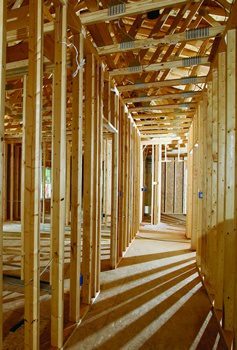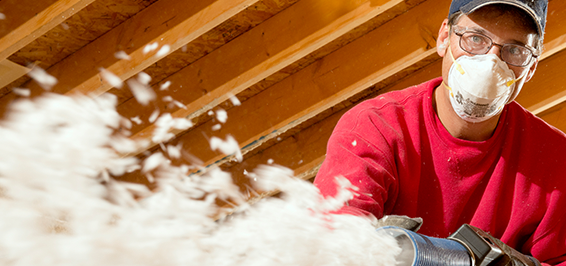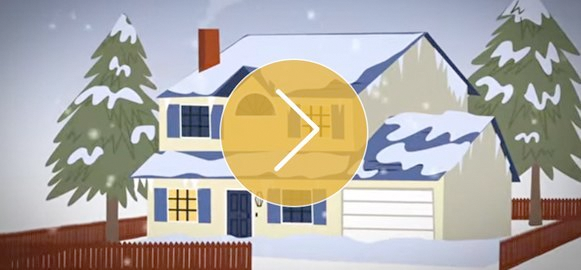Get Insulation done in 2025 to claim the tax credit at 25cmeansbusiness.org!
The Insulation Tax Credit
Learn how you benefit from upgraded home insulation and how you can take advantage of the insulation tax credit and save up to $1,200!
How to Get More Out of Your Insulation Upgrades
Did you know that you could save up to $1,200 per year on insulation upgrades through a federal tax credit? The Energy Efficient Home Improvement Credit, sometimes called the 25C tax credit, makes it easier for homeowners to afford insulation improvements.
IMPORTANT JULY 2025 UPDATE: Congress just passed a law that ends the insulation tax credit at the end of 2025—years ahead of schedule. To qualify, all insulation and air sealing upgrades must now be completed by December 31, 2025. Time is running out, so talk to your local tax credit-savvy insulation contractor today to schedule your home upgrades and lock in your savings.
How the Insulation Tax Credit Works
- 30% Credit on Costs – Homeowners can receive a federal tax credit equal to 30% of the total cost of qualifying insulation and air sealing upgrades, with a limit of $1,200.
- Covers All Major Insulation Types – Whether you’re adding insulation to your attic, walls, basement, or crawl space, you can qualify as long as the materials meet efficiency standards.
- Can Be Combined with Other Rebates – Many local utilities and energy efficiency programs offer additional rebates and incentives, which can be stacked with the federal tax credit for even greater savings.
- Separate from Heat Pump Tax Credits – The 25C tax credit for insulation is in a different category than the heat pump tax credit ($2,000 max credit annually), meaning homeowners can claim both in the same year for up to $3,200 in total tax credit savings.
Save up to $1,200 on insulation and air sealing upgrades with a federal tax credit. Learn more about how tax credits work and how you can qualify today.
What Is a Tax Credit?
Homeowners sometimes ask us if home insulation is tax deductible. Tax credits and tax deductions are similar tax breaks, but they’re not the same. A tax credit reduces the amount of taxes you owe, while a tax deduction reduces your total taxable income. The insulation tax credit only applies to federal taxes, not state taxes.
How Does the 25C Insulation Tax Credit Work?
The 25C tax credit (25C refers to the relevant section of the IRS tax code) allows you to take a federal tax credit equaling 30% of the total cost for a variety of energy-efficiency home upgrades, including qualifying insulation and air sealing expenses. There is a maximum credit of $1,200 for the category of upgrades that includes insulation.
Attic insulation, wall insulation, basement insulation, and crawl space insulation all qualify for the credit, as do many different types of insulation materials, as long as certain insulation levels are met.
How to Claim Your Tax Credit
- Verify Eligibility – Work with a qualified insulation contractor to ensure your upgrades meet the requirements.
- Keep Your Documentation – Save all receipts and invoices detailing your insulation installation costs.
File IRS Form 5695 – When filing your taxes, claim the insulation tax credit using IRS Form 5695 or consult a tax professional.

Your home is an investment. Home insulation is a great way to help protect that investment, make your living space more comfortable, and save you money on heating and cooling.** New home insulation is home improvement.
You may even be eligible to claim a $1,200 tax credit for adding insulation to your home.***
If you don’t know much about insulation, the product terms and specifications can be a little intimidating. We’re here to cut through the confusion with simple information to help you understand:
- What insulation can do for you in your home
- The pros and cons of different insulation types
- Steps to take when adding insulation to your home

Understanding insulation types
When you first start investigating your insulation options, it may be hard to tell what’s best to use where. See how the different materials stack up.
Note: 89% under-insulated homes estimate derived by NAIMA based on Boston University study. “Under-insulated” here means when compared to the minimum prescriptive wall and ceiling insulation R-values found in the 2012 International Energy Conservation Code (IECC)
*Recommended Dept. of Energy attic insulation levels for commonly used fiberglass, mineral wool, and cellulose insulation assuming about R-3 per inch.
**Savings vary. Find out why in the seller’s fact sheet on R-values. Higher R-values mean greater insulating power.
***https://www.irs.gov/credits-deductions/energy-efficient-home-improvement-credit

